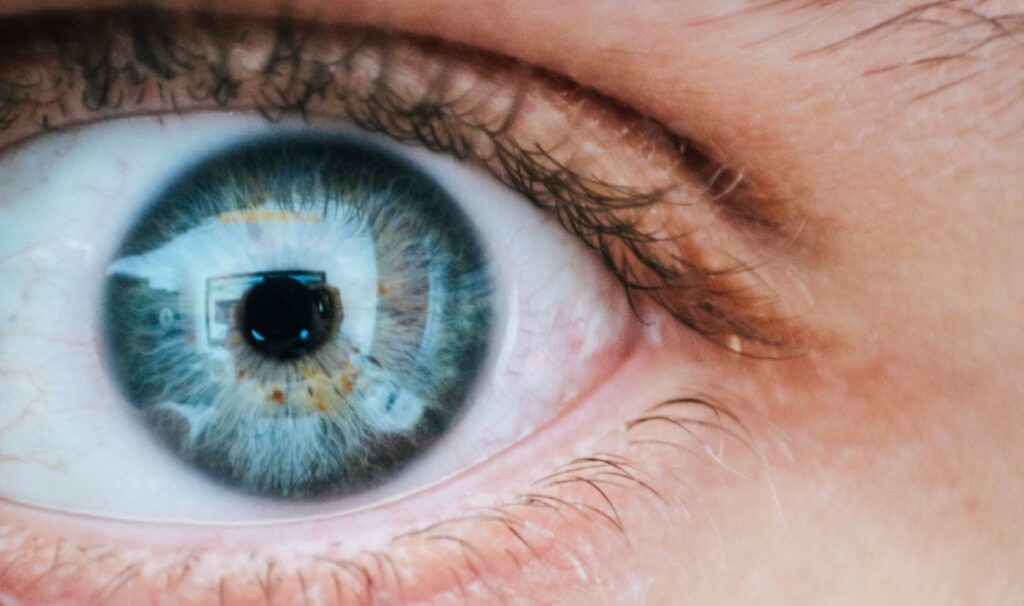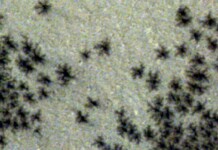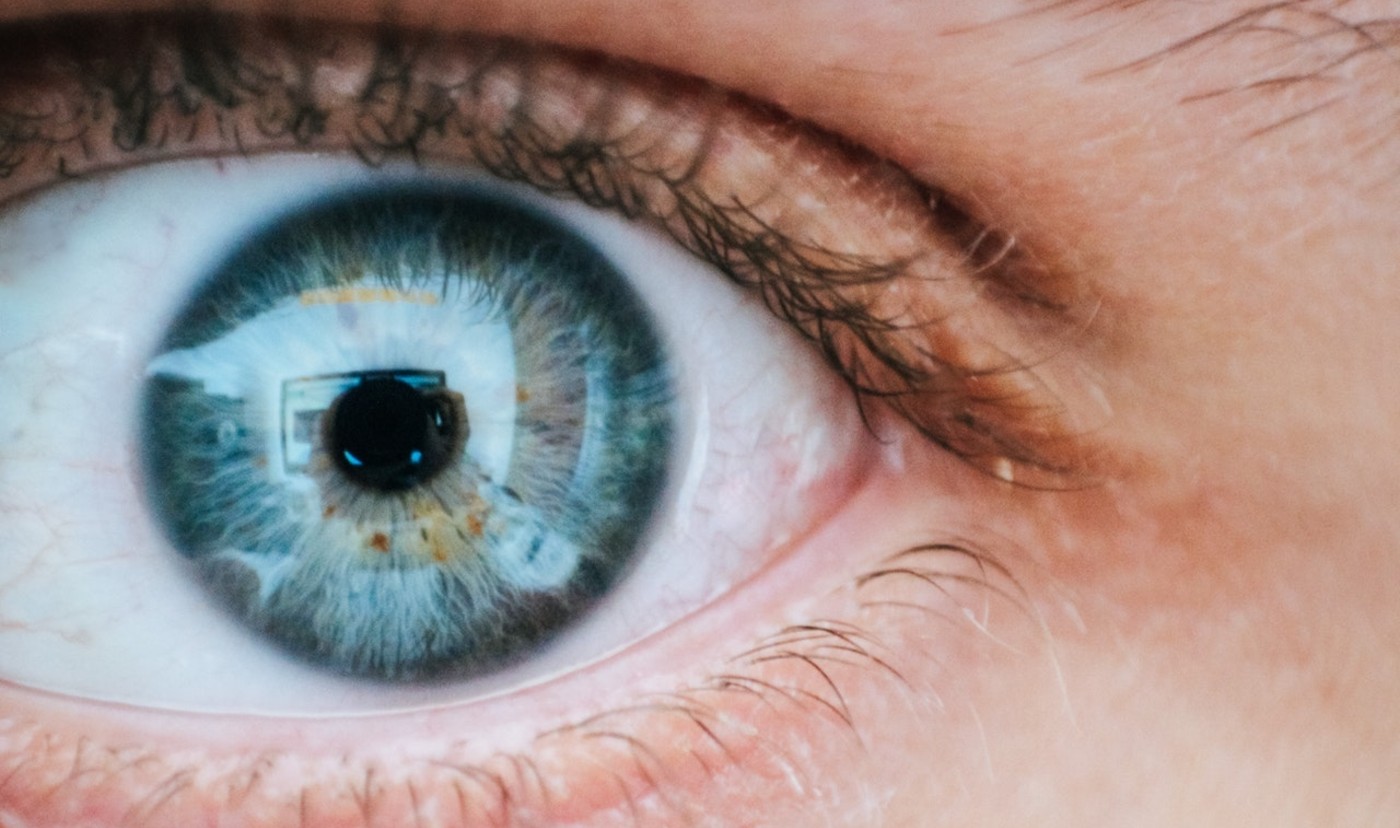
Macular degeneration is the leading cause of blindness in developed countries, but regrowing the human cells lost to this condition was the feature of a new successful treatment that took advantage of advances in nanotechnology.
Regrowing the cells of the human retina on a scaffold of synthetic, tissue-like material showed substantial improvements over previously used materials such as cellulose, and the scientists hope they can move on to testing their method in the already blind.
Macular degeneration is increasing in prevalence in the developed world. It’s the leading cause of blindness and is caused by the loss of cells in a key part of the eye called the retina.
Humans have no ability to regrow retinal pigment cells, but scientists have determined how to do it in vitro using pluripotent stem cells. However as the study authors describe, previous examples of this procedure saw scientists growing the cells on flat surfaces rather than one resembling the retinal membrane.
This, they state, limits the effectiveness of transplanted cells.
In a study at the UK’s Nottingham Trent University, biomedical scientist Biola Egbowon and colleagues fabricated 3D scaffolds with polymer nanofibers and coated them with a steroid to reduce inflammation.
The method by which the nanofibers were made was pretty darn cool. The team would squirt polyacrylonitrile and Jeffamine polymers in molten form through an electrical current in a technique known as “electrospinning.” The high voltage caused molecular changes in the polymers that saw them become solid again, resembling a scaffold of tiny fibers that attracted water yet maintained mechanical strength.
After the scaffolding was made, it was treated with an anti-inflammatory steroid.
3D-PRINTING CORNEAS: Bioengineered Cornea Can Restore Sight to the Blind and Visually Impaired
This unique pairing of materials mixed with the electrospinning created a unique scaffold that kept the retinal pigment cells viable for 150 days outside of any potential human patient, all while showing the phenotype of biomarkers critical for maintaining retinal physiological characteristics.
“While this may indicate the potential of such cellularized scaffolds in regenerative medicine, it does not address the question of biocompatibility with human tissue,” Egbowon and colleagues caution in their paper, urging more research to be conducted, specifically regarding the orientation of the cells and whether they can maintain good blood supply.
SHARE This Futuristic Occular Research With Your Friends…




















